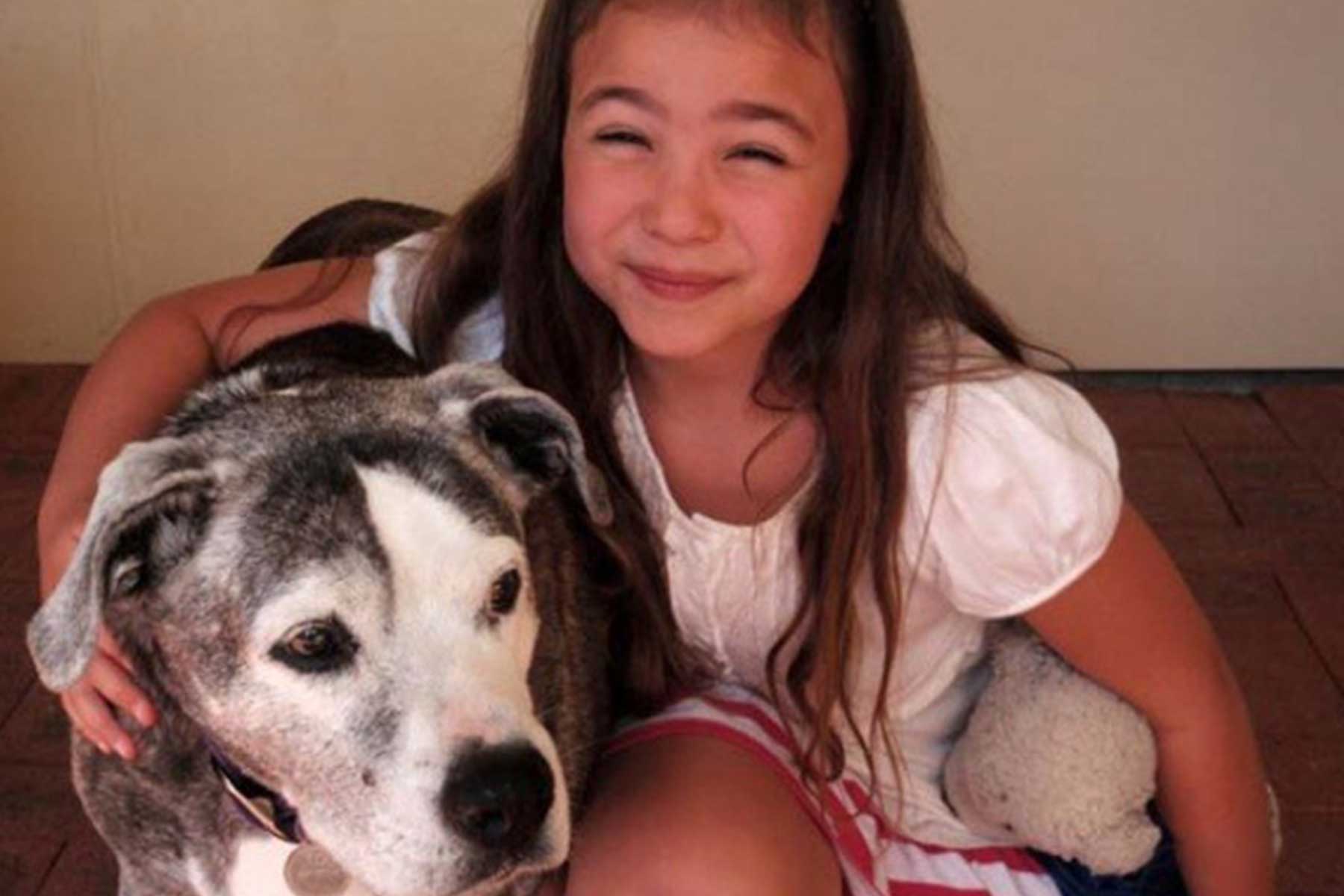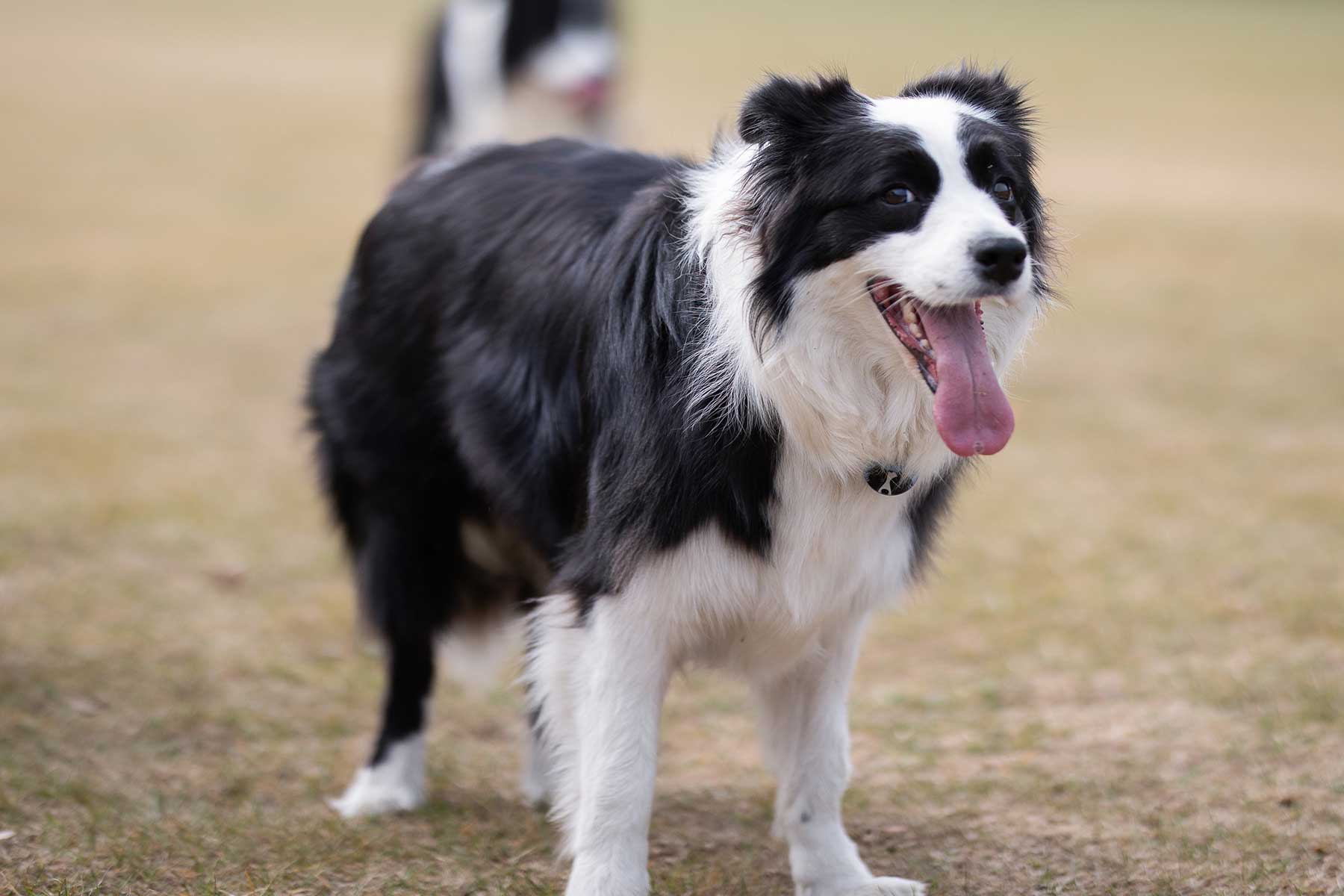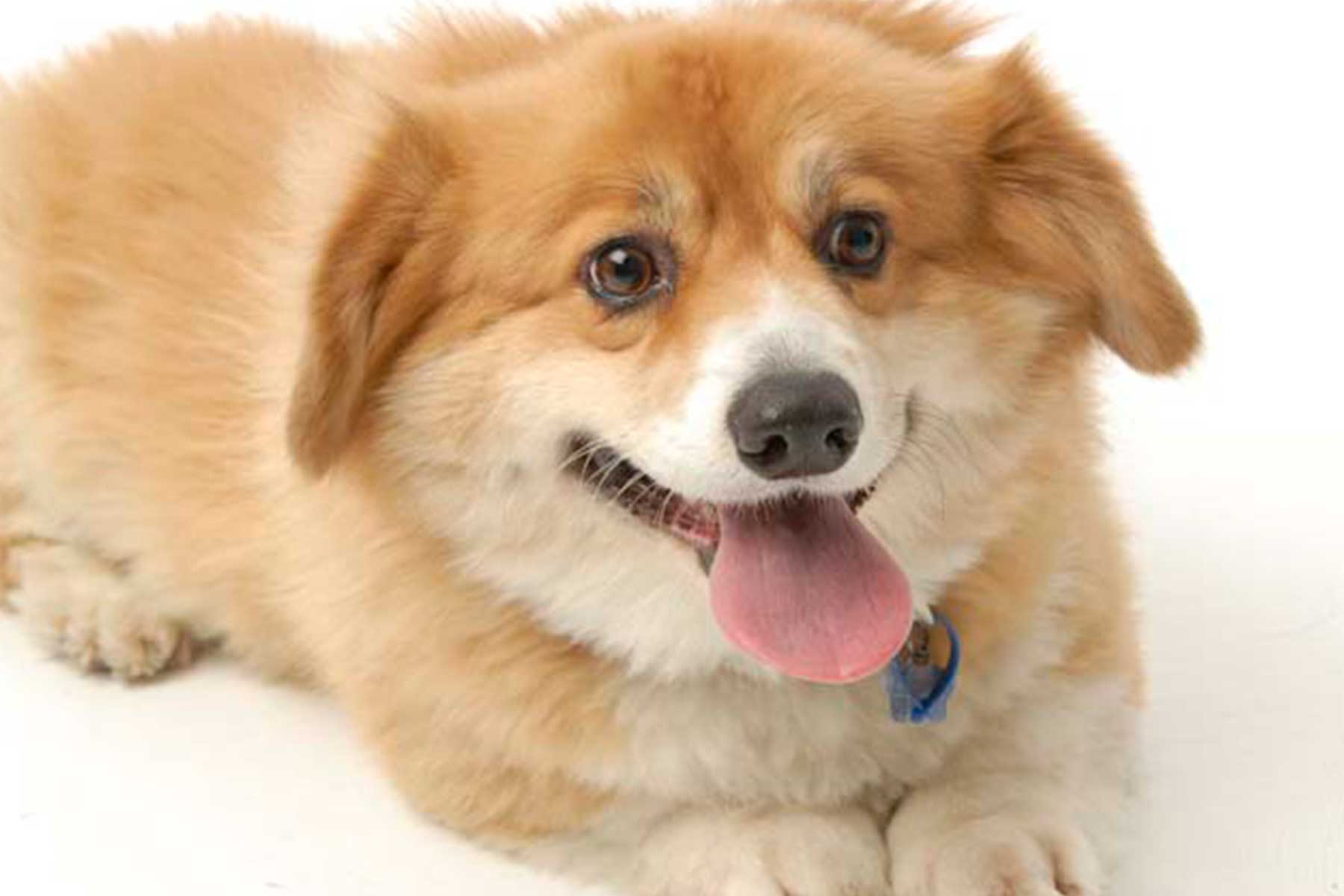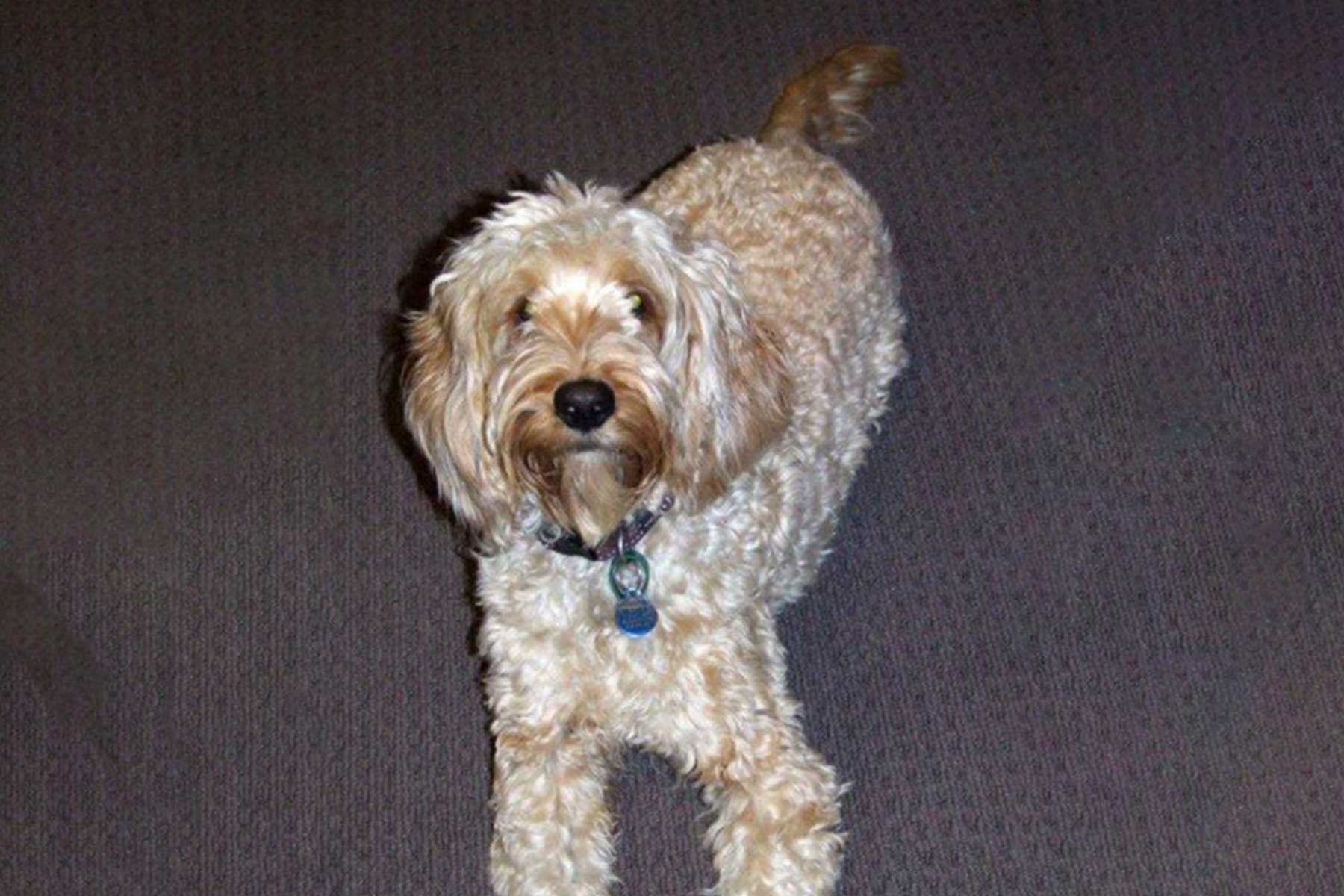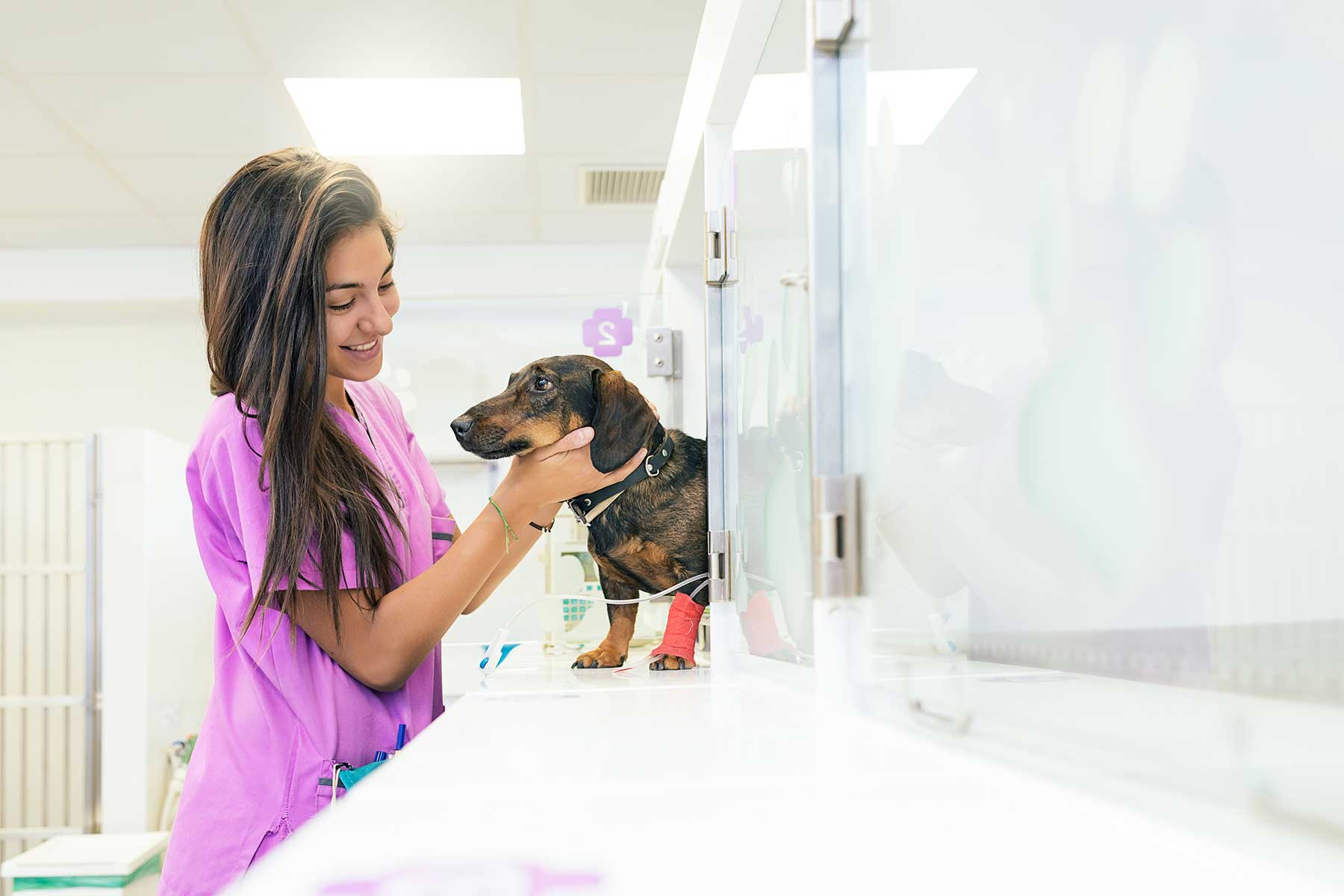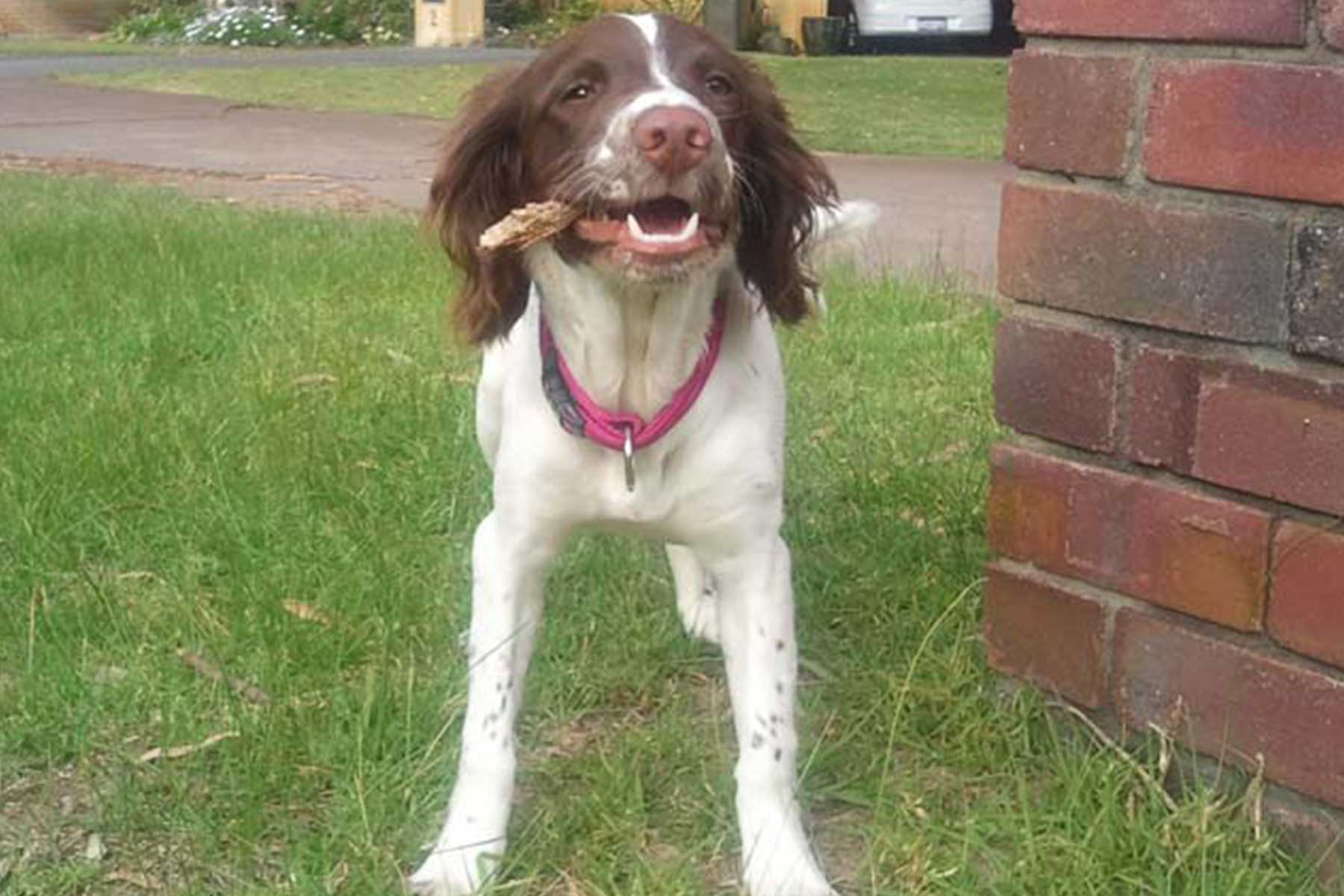We commonly get asked about lumps on our pets (especially as they get older), and it’s a question that can be tricky to answer. Lumps can be a challenge as they can appear in so many forms, on almost any part of the body, and they can pretend to be something they are not! While we can feel and see them, we can never tell what a lump is by palpation and location, we need to delve deeper.
There are many possible causes for lumps, some of which are benign and are not a cause for concern while others can be quite serious. Common benign (non-cancerous) lumps found in dogs are lipomas, sebaceous adenomas and haemangiomas. Some more concerning lumps are mast cell tumours, soft tissue sarcomas and melanomas.
Floyd, a 9-year-old Irish Setter was found to have a lump on his right body wall, near his groin. The lump was about 3 cm in size, soft and unattached to underlying tissue. We took a fine needle aspirate sample from the lump and sent it away to the pathology lab for investigation.
A fine needle aspirate (or “FNA”) is where we use a small needle, to collect a small amount of cells from the lump. We put this sample on a microscope slide and send it to a pathologist for these trained specialists to tell us what cells make up the lump. A fine needle aspirate is the easiest and quickest method of testing a lump. It can usually be done during a consult and we get results usually within the week. However, because we are using such a small needle there is sometimes a risk the cells can’t successfully be retrieved from the lump, and occasionally we don’t get a result. This means we may reattempt an FNA, or take the next step which is a biopsy or complete surgical removal of the lump and histopathology. These tests provide the pathologist more tissue to determine the cause of the lump but require the pet to have a general anaesthetic and a surgical procedure to collect the sample. Complete removal and histopathology have the added benefit of making sure we got all of the lump, and have left no cells that make up the lump behind, which could lead to regrowth of the lump.
In Floyd’s case, his fine needle aspirate results came back as a lipoma, which is a collection of fatty cells. This lump is benign (non-cancerous), and will likely not cause any concerns to Floyd’s health unless it grows very large, but we wouldn’t know this without testing!
Floyd’s owner did the right thing by bringing him in for a checkup when they noticed the lump so we could test it and find out what it is. Our vets are happy to monitor, for now, knowing what the lump is, and are prepared if it continues to grow to consider surgical removal of the lump.
It is always important you discuss with your veterinarian if you notice or feel any lumps on your pet. Testing is generally always recommended as some of the potential causes can be very serious and it’s best to know early, so treatment can be started. Early intervention for serious lumps is most often associated with improved outcomes for our pets as the lumps have not had time to grow too large, and/or spread to other areas or organs.
Noticed a lump on your pet? Book a consult today

